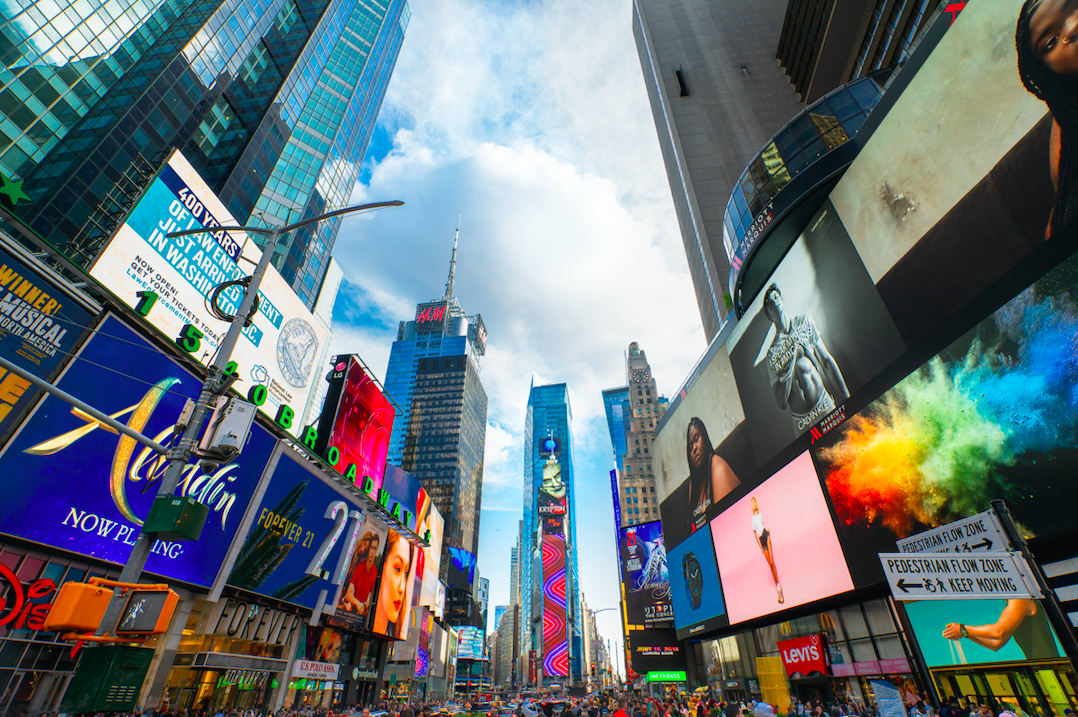What do you recall from the pre-Spotify era of music? Perhaps you enjoyed music on vinyl records, cassettes, and CDs, or maybe you started using file-sharing platforms like Napster and LimeWire in the late 1990s. In the 2000s, you might have begun legally purchasing music online through the iTunes store. Maybe you even briefly used Myspace Music. Then, in 2008, Spotify emerged, completely revolutionizing the world of music streaming services. But how did a small Swedish tech start-up like Spotify achieve such overwhelming success? Largely thanks to artists, street performers have played a significant role in this matter.
What Makes Spotify Unique?
Spotify also provided a distinctive "freemium" model, where you could use some services for free while accessing more convenient, ad-free, and higher-quality features required a premium subscription. This allowed you to try out the free service before deciding on the premium package - attracting a diverse range of users worldwide. By adopting this model, Spotify earned revenue through advertising on the free service, but the majority of its profits came from paid subscribers.
Now there is another way to block ads, besides purchasing the premium mode. You can Spotify ads off using a VPN. More advanced VPNs can block Spotify ads. VeePN has this feature, as well as thousands of servers and advanced cybersecurity technologies. But this is so, a small digression, let's return to the topic.
However, this model has faced controversy, with numerous artists and music companies expressing dissatisfaction. In 2014, Taylor Swift removed her music from Spotify, asserting in a Wall Street Journal article that artists didn't receive adequate compensation per stream and that valuable art, including music, should not be available for free. Nevertheless, Spotify defended its model, explaining that without the free version, the paid version wouldn't attract as many users and artists would earn even less. The absence of Spotify would lead users back to piracy sites or opt for free streaming services like YouTube and Pandora - causing the industry to decline once again.
The Impact of Street Performers on Playlists
Street acts and street performers offer an authentic experience and are attractive in their own way, even if there is some lack of quality. If you listen to music on the street and turn on Spotify playlists, you will feel the contrast, but this does not mean that one option is clearly worse. Moreover, Spotify responds to changes in people's tastes through its intelligent search and analysis. Nowadays you can find a playlist on any topic, but most of them lack life and innovation.
Street performers are giving new life to Spotify and the entire music world. Sometimes a song from the street becomes so popular that within a week it occupies a leading position in the charts and playlists. Refined studio sound or live street performances? Maybe you shouldn't choose the better option, but accept the fact that they both work together and influence each other.
The Street to Spotify Journey
The journey from the street to Spotify is not a straightforward one, but many street performers are leveraging social media platforms to bridge the gap. Videos of their performances go viral, attracting attention from music enthusiasts and industry professionals alike. Spotify, recognizing the evolving landscape, has started to take notice and is actively exploring ways to integrate street performers into its ecosystem.
In some cases, street performers are directly uploading their recordings to Spotify, providing a direct channel for users to discover their music. This democratization of music distribution allows artists to reach a global audience without the traditional gatekeepers of the music industry.
Building a Community of Fans
Street performers, traditionally reliant on the immediate reactions of passersby, are now building a global community of fans through digital platforms like Spotify. Playlists become a powerful tool for these artists to connect with listeners who might not have experienced their performances in person.
Listeners, in turn, appreciate the personal connection that street performers bring to the table. The intimacy of a live performance, even when experienced through headphones, creates a sense of shared experience and community. With the advent of algorithms, robots, internet surveillance, and AI, the demand for live music experiences has increased. By the way, you can use Firefox VPN to protect yourself from online surveillance. Probably, like me, you feel a response in your soul to live performances, even despite the non-studio sound quality.
Conclusion
The less live communication there is in our world and the greater the share of artificial intelligence, the greater the demand for street performances and street musicians will become. Once the only way to distribute music, it is now becoming increasingly scarce. Spotify will respond to this increasing demand and offer more authentic content as well.








